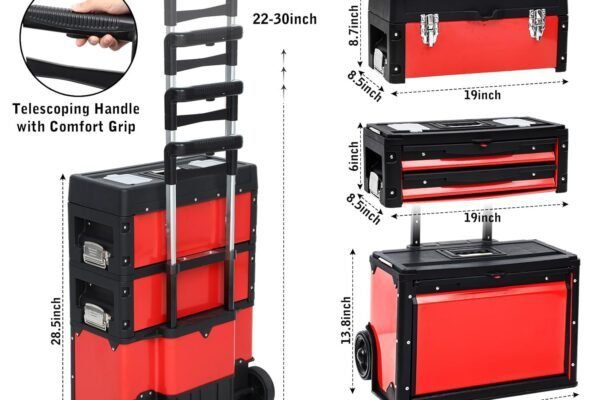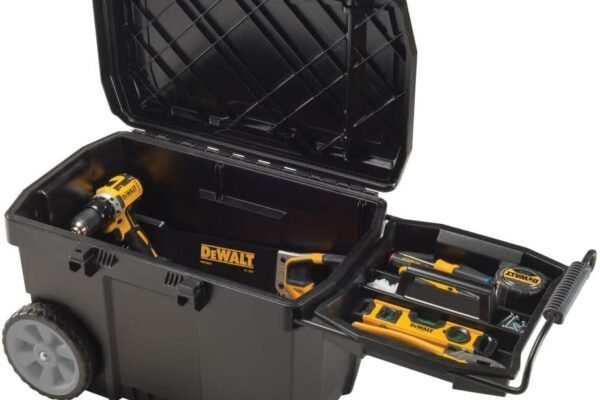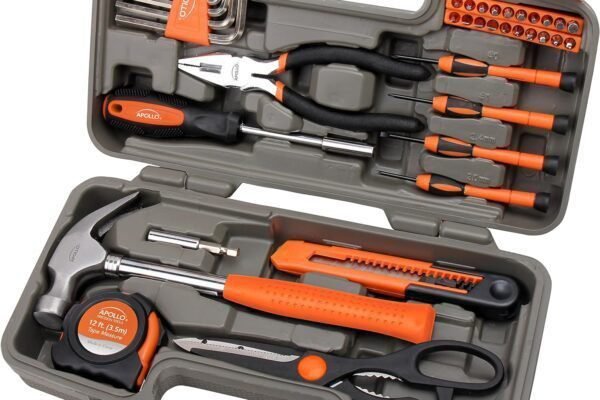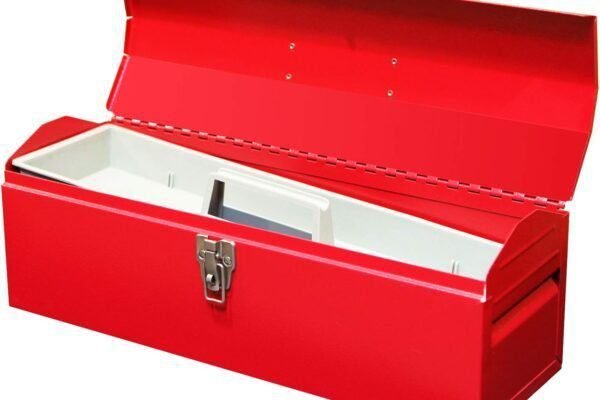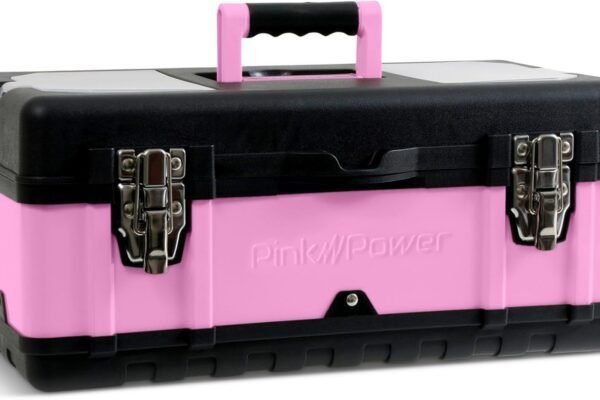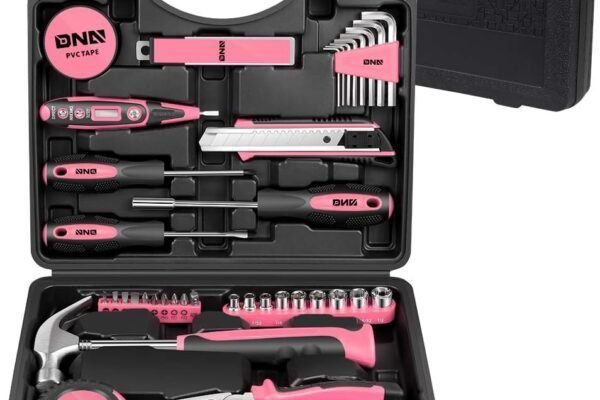December 10, 2023
Ultimate Guide to Home Tools

Introduction
Congratulations on becoming a homeowner! Whether you're a DIY enthusiast or just want to save some money on home repairs, having the right tools is essential. In this ultimate guide, we'll walk you through the must-have tools for homeowners, from hand tools to power tools and safety gear.
Benefits of Owning Essential Home Tools
Investing in essential home tools is a smart decision that will save you time and money in the long run. When you have the right tools on hand, you can tackle any DIY project with confidence. Plus, you won't have to pay for expensive repairs or rely on others to get the job done.
How to Choose the Right Tools for Your Needs
When selecting tools, it's important to consider your needs and preferences. Look for tools that are comfortable and efficient for you to use. Consider the type of projects you'll be working on and choose tools that are appropriate for the task. Compare brands and read reviews to ensure you're getting the best quality for your budget. Remember, a well-stocked tool kit is the foundation of any successful DIY project. [1][2][3][4]

Hand Tools
As a homeowner, you'll need a variety of hand tools for everyday use and DIY projects. Here are some basic and specialty hand tools to add to your collection.
Basic Hand Tools Every Homeowner Should Have
- Screwdriver Set
- Hammer
- Hex Keys/Allen Wrench
- Tape Measure
- Pry Bar
- Retractable Utility Knife
- Magnetic Level
- Set of Pencils
Must-Have Specialty Hand Tools for DIY Projects
- Cordless Nail Gun
- Slip Joint Pliers
- Needle-Nose Pliers
Investing in high-quality hand tools will make your DIY projects easier and more efficient. With these essential hand tools, you'll be able to handle any household repair or project that comes your way. [5][6][7][8]
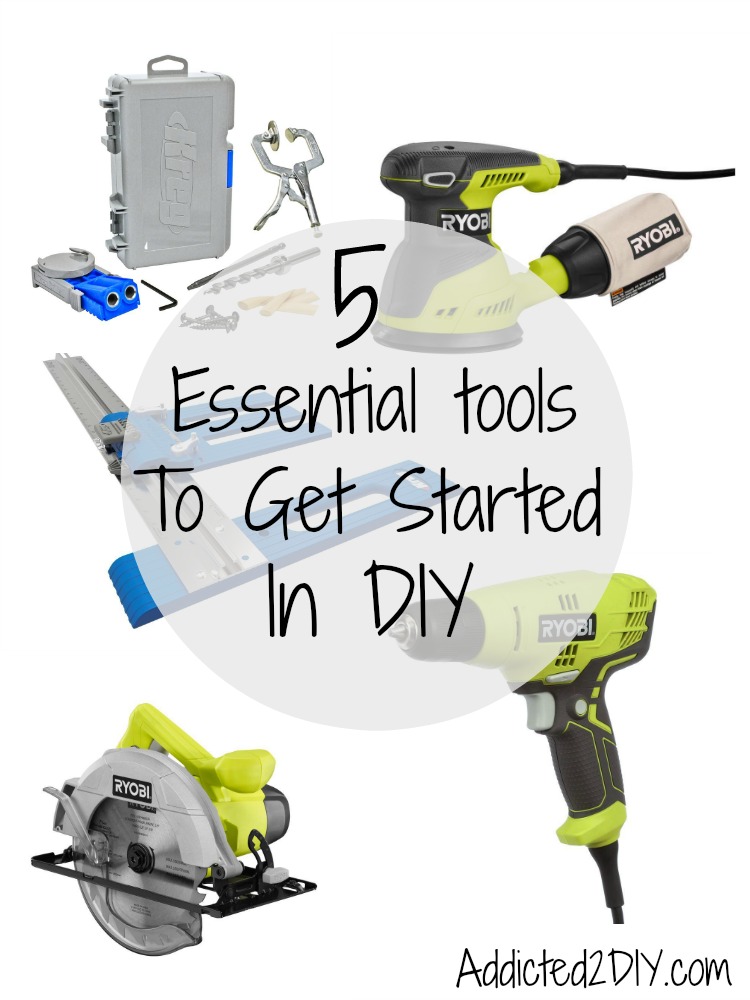
Power Tools
When it comes to DIY projects, having the right power tools can make all the difference. Here are some essential power tools every DIY enthusiast should have in their collection:
Essential Power Tools for DIY
- Drill
- Circular saw
- Jigsaw
- Miter saw
- Rotary tool
- Sander
Corded vs Cordless Power Tools: Pros and Cons
Choosing between corded and cordless power tools can be a tough decision. Here are some pros and cons to consider:
| Pros of Corded Power Tools | Cons of Corded Power Tools | Pros of Cordless Power Tools | Cons of Cordless Power Tools |
|---|---|---|---|
| More power | Restrictive cord | Portability | Less power |
| No need to recharge | Less portable | No need for power source | More expensive |
| Durable | More expensive | Lightweight | May need multiple batteries |
Consider your specific needs and usage to decide whether corded or cordless power tools are right for you. [9][10][11][12]
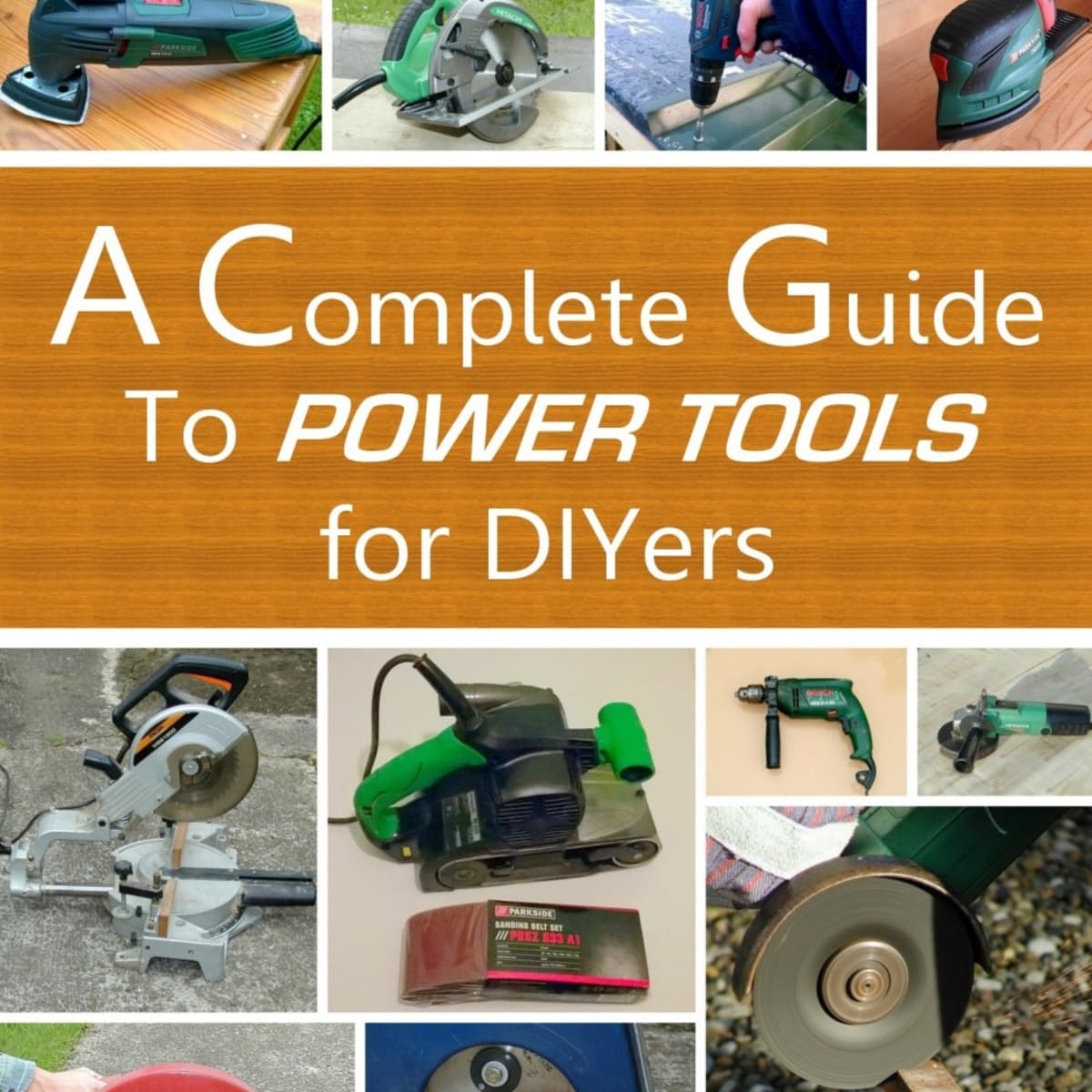
Safety Gear
Protective Gear Every DIYer Should Own
Protective gear is essential to ensure your safety when working with tools. Here are the top safety gear items every DIYer should have:
- Safety Glasses – Protect your eyes from debris and dust
- Mask and Respirator – Prevent inhalation of harmful dust and fumes
- Work Boots – Provide support and prevent slipping
- Gloves – Protect your hands from cuts and abrasions
- Ear Protection – Prevent hearing damage from loud tools
- Check for Lead Paint – Test for lead paint before sanding or scraping
Best Practices for Safety When Using Home Tools
Follow these best practices to ensure your safety when using home tools:
- Know Where the Switches and Shutoffs Are – Familiarize yourself with the location of switches and shutoffs before starting a project
- Invest in a Voltage Meter – Use a voltage meter to detect live wires before working on electrical projects
- Read the Manual – Always read the manual and follow the manufacturer's instructions for safe use
- Stay Alert and Focused – Avoid distractions and stay focused while using tools
- Keep Work Area Clean – Clear the work area of debris and clutter to prevent tripping hazards
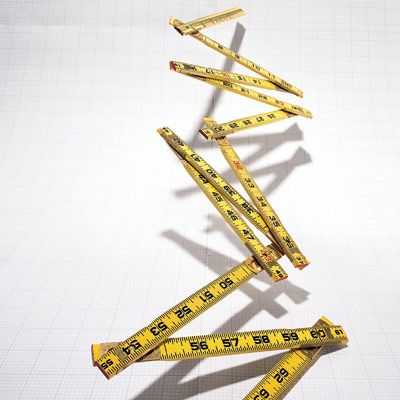
Measuring and Marking Tools
Tools for Taking Accurate Measurements
When it comes to woodworking, accuracy is key. Here are some measuring tools that will help you get the job done right:
- Tape Measure – A staple tool for measuring length and distance
- Square – Used for making sure corners are perfectly square
- Level – Ensures surfaces are flat and even
- Digital Caliper – Measures small distances with precision accuracy
Markers and Pens for Clearly Marking Materials
Marking the wood accurately is just as important as measuring. These marking tools will help you label your materials with ease:
- Mechanical Pencil – Offers precise lines and is easily erasable
- Chalk Line – Creates straight lines of chalk for marking long distances
- Sharpie – Provides permanent, long-lasting marks
- Paint Marker – Ideal for marking on wood that will be stained or painted

Cutting Tools
Essential Cutting Tools for Home Projects
You'll need to cut through various materials for many home improvement projects. These cutting tools will make the job easier:
- Circular Saw – Perfect for bigger cuts like plywood or thick lumber
- Jigsaw – Ideal for cutting curves and intricate shapes
- Miter Saw – Great for cutting precise angles
- Hacksaw – Used for cutting metal pipes and rods
- X-ACTO Knife – Great for cutting small details and making precise cuts
Blades and Bits: Know the Differences
Knowing which blade or bit to use for the job can increase efficiency and eliminate frustration. Here's a quick guide to help select the right one:
| Blades | Bits |
|---|---|
| Circular Saw Blade – For wood or metal cutting | Drill Bit – For making holes in wood, metal, or concrete |
| Jigsaw Blade – For curved cuts in wood or metal | Router Bit – For shaping edges or cutting grooves in wood |
| Miter Saw Blade – For crosscutting or making angled cuts in wood or plastic | Forstner Bit – For drilling flat-bottomed holes in wood |
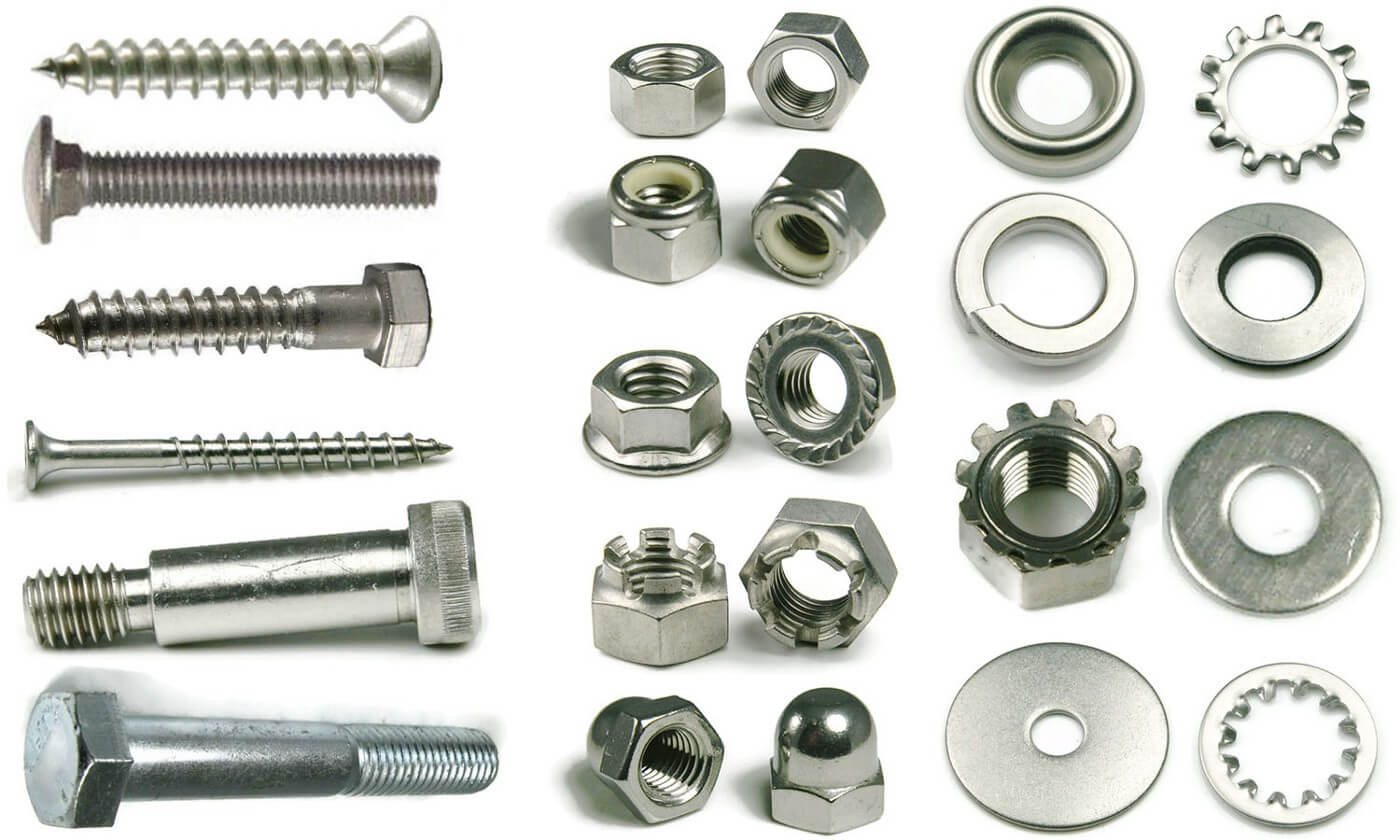
Fastening Tools
Different Types of Nails, Screws and Fasteners
When it comes to fastening materials together, it's important to have the right type of nail, screw, or fastener. Here are some common types to consider:
- Wood Screws – Used for attaching wood to wood or for securing metal brackets to wood surfaces.
- Drywall Screws – Designed for use with drywall or gypsum board.
- Nails – Come in a variety of sizes and shapes. Used for attaching wood to wood, or for securing roofing or siding materials.
- Toggle Bolts – Used for hanging heavy items on drywall or other materials where there is no stud or solid backing.
Manual and Powered Fastening Tools
Whether you prefer to use manual or powered tools, there's something for everyone when it comes to fastening. Here are some options to consider:
- Hammer and Nails – The traditional method of fastening wood together.
- Staple Gun – Used for fastening fabric, carpet, or insulation to wood surfaces.
- Impact Driver – A powerful tool used for driving screws into tough materials like hardwood or metal.
- Nail Gun – A specialized tool used for nailing wood together quickly and efficiently.
Remember to always use caution when using fastening tools and follow the manufacturer's instructions to ensure safety and accuracy. [25][26][27][28]

Painting and Finishing Tools
Brushes, Rollers and Sprayers for Painting
Whether you're a DIY enthusiast or a professional painter, having the right tools can make all the difference in achieving a flawless finish. Here are some must-have painting tools:
- Paint Brushes – Choose brushes based on the type of paint and surface you're working on. Synthetic brushes work best with latex paint, while natural bristle brushes are ideal for oil-based paints.
- Paint Rollers – For larger surfaces, rollers can speed up the painting process. Again, choose a roller based on the type of paint and surface.
- Paint Sprayers – Ideal for large surfaces and outdoor projects, paint sprayers offer a smooth and consistent finish without leaving brush or roller marks.
Sanding and Finishing Tools for a Professional Look
After painting, sanding and finishing are crucial in achieving a professional look and feel. Here are some essential sanding and finishing tools:
- Sandpaper – Choose sandpaper grit based on the type of surface and the level of sanding needed.
- Sanding Sponges – Great for hard-to-reach areas and for sanding curves and edges.
- Putty Knife – Used for filling gaps and holes in the surface before priming and painting.
- Finish Sprayer – For applying protective finishes and sealants to the surface.
Remember to choose high-quality tools to ensure better results, and always follow safety guidelines when using power tools or sharp equipment.

Conclusion
Tips for Basic Maintenance and Care of Your Home Tools
To get the most out of your tools, it's important to keep them clean, free of debris and rust, and properly stored after each use. Follow these tips for basic maintenance and care:
- Clean tools after each use
- Inspect tools for damage or wear and tear
- Store tools in a dry, secure place
Summarizing the Ultimate Guide to Home Tools
Tools: The Ultimate Guide is an essential compendium for anyone looking to learn about over 500 essential tools. From organizing and maximizing tool storage to must-have sanding and finishing tools, this guide is packed with tips and information to help you tackle any DIY project. Get yours now and start honing your skills!
























